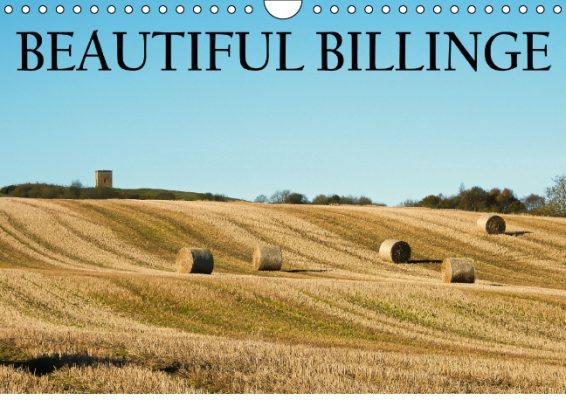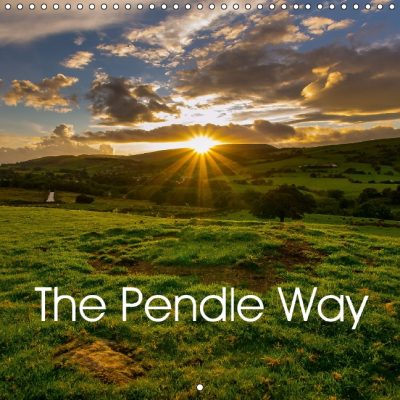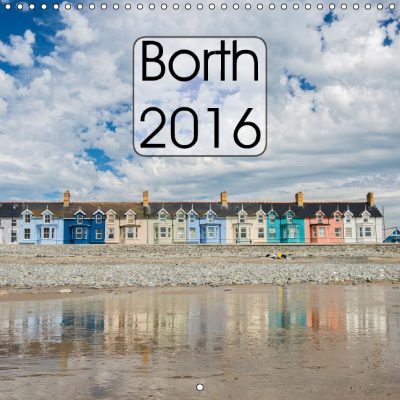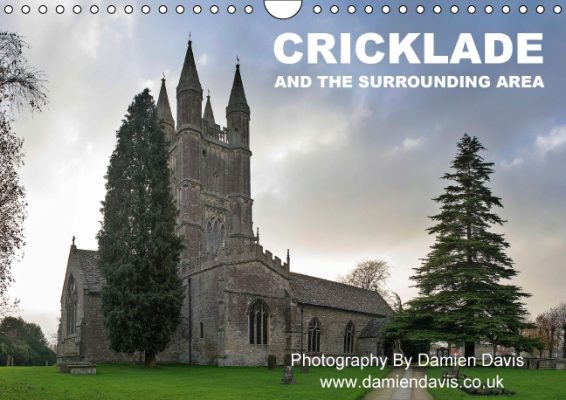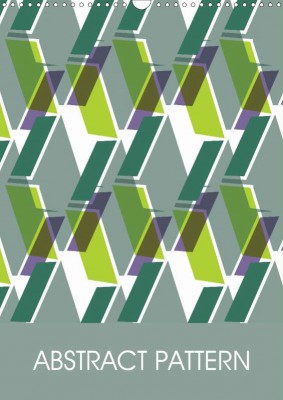Now, guess the topic of one last season’s best selling Calvendo UK calendars? Yep, you guessed it (not): It’s an ancient village called Billinge. Which is in Merseyside, just in case you’re wondering. Because we freely admit, we had never heard of it before.
However, the fact that this calendar reached a top 10 position among Calvendo UK 2015 bestsellers confirms what we’ve already learned in our home market Germany: Local and regional content is very popular. If you cater for a niche, such as the population of a certain town or region, you’ve got a ready-made audience right there that you can promote to directly, via local channels (contact local online forums, inform your local newspaper, present you work at local events), your Facebook page and other social sites.
Conventional publishers are not able to cater for such niche topics but with the Calvendo print-on-demand set-up, we – or more precisely, you – can! In addition to your own marketing efforts that are a vital part of being a self-publisher, Calvendo will this year also be working with its UK partners to inform retailers about the availability of local and regional content via our platform to help you promote your work.
So, here’s our big call for more and in particular more varied local and regional calendars:
We’ve got quite a lot of white spots on our Calvendo calendar landscape and if you want to know which cities, towns, villages, regions, sights or events are missing in the Calvendo programme, simply go to the product gallery and perform a search to see if whatever you have in mind is already pretty well covered or not. Plus, here are some further pointers in which direction you should look if you want to fill some gaps in the market:
Cities, towns & village
Apart from very, very few exceptions – and we’re mainly talking about London here – there are hardly any calendars featuring all the other major British cities, such as Manchester, Liverpool, Leeds, Birmingham, Bristol, Cardiff or Glasgow let alone towns such as Aberdeen, Sheffield, Cambridge, Oxford, York, Southampton, Durham, Swansea … Do you want us to continue?
Again, search in our product gallery if you happen to have great images of your hometown stored on your computer or indeed are inspired to start a special photography project which could fill a gap in our programme. And even villages justify their own calendars. Yes, they do! Because the smaller a town, the less likely that it would ever be the subject of a conventionally produced calendar, simply for cost reasons. If someone (you) can produce a calendar for free, however, it’s a great little add-on to the local community.
Regions & landscapes
It’s not surprising that a lot of Calvendo users have produced quite a lot of material on the “good old favourites” such as Scotland and the Highlands, Cornwall, Dorset, the Cotswolds or the Lake District. We’re quite well covered here so be prepared for the jury to reject your calendar on these grounds. However, there are a lot of regions that are not present at all. When we last counted, there were more than 90 historical counties in the UK altogether and within those many individual areas of outstanding natural beauty or specific sights that could easily fill the twelve pages of a calendar. We hear Somerset is nice, or Suffolk, or Kent ….
Be specific
Ok, if you choose a village as your calendar topic, whatever you do is naturally very specific. However, if you go for a whole region, it makes a lot of sense to move away from the general in order to make your calendar stand out. If you, for example, submit calendars on regions that are already well covered, such as the aforementioned ones, the jury will very much want to see that you’ve found a new and original angle for your project to be accepted.
Whatever you do, it’s a very good rule of thumb in general to come up with a specific angle for your calendar. In the case of a region you could, for example, concentrate on specific sights such as “Enchanting parks and gardens in xxx” or “Manor houses in xxx”. Speaking of which, the UK’s stunning stately homes and manor houses might well justify individual calendars, i.e. you could present a specific location and its surroundings through the seasons or highlight certain attractions there. Last but not least, how about local and regional events? It’s another specific theme with a local angle and has a good chance of finding a specific audience.
Oh, and if you really want to go for another London calendar, the “be specific” rule applies more than ever. Therefore, stay away from all the “normal” sights and think of a completely new theme, such as “London’s most beautiful coffee shop” or “London’s secret mews” or “Discovering London’s street food markets”. Well, you get the picture.
So, without further ado, check our product gallery, see what’s there or, more importantly what not, and then give your hometown its very own calendar!

